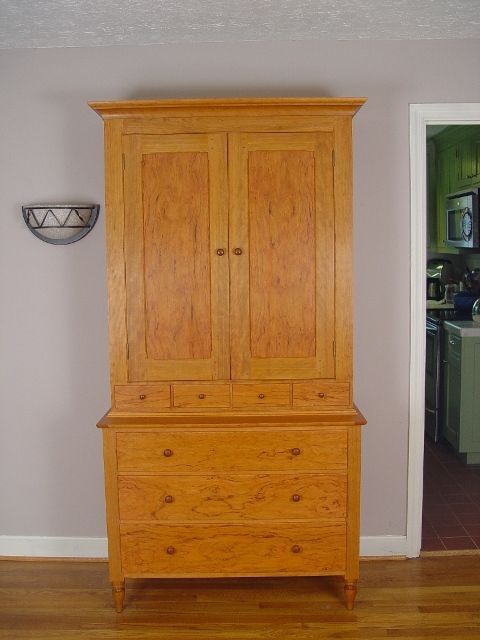The Trouble with Glazes
Recommendations and discussion about the tricky aspects of using glazes under different topcoats. July 11, 2005
Question
I’ve been doing glazes for about 5 years now, and have yet to have a job that didn’t require some sort of tweaking to the formula to achieve proper adhesion. A lot of this is due to the increasing use of conversion varnish - the conversion varnish is a lot harder and a lot less forgiving than lacquer. I am wondering, whether you’ve just started using them or have been using them for years, what is everyone doing?
Forum Responses
(Finishing Forum)
From contributor J:
I agree. I have a 3 piece entertainment center in my shop right now that is getting redone. Another shop finished it originally, and did not let the glaze properly flash off before top coating it, and the entire finish turned milky.
From contributor M:
The only way I will do a sprayed glaze job is using Campbell's Amazing glaze and Krystal. I’ve done glazes with hand finishing polyurethanes and stains and never run into problems, it just takes too long on big jobs.
From contributor C:
I agree that most commercial glazes are poorly suited to use in cabinet finishing. I do glazing on most jobs, and I like to keep each glaze coat formulated to retain full adhesion and durability. I still like to have a clear coat on top for protection as well. This way I don't have to worry about weak layers or intermediate seal coats. Each glaze coat is its own sealer and fully durable, thus the topcoat is a luxury - not a necessity.
